Name Tommaso Cavalieri | Parents Emiliano de’ Cavalieri | |
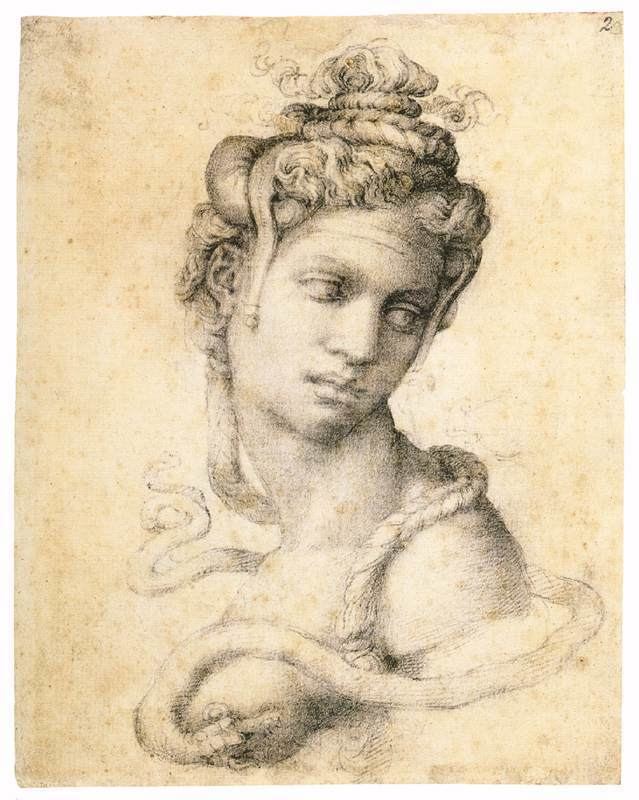 | ||
Tommaso dei Cavalieri (1509–1587) was an Italian nobleman, who was the object of the greatest expression of Michelangelo's love. Cavalieri was 23 years old when Michelangelo met him in 1532, at the age of 57. The young nobleman was exceptionally handsome, and his appearance seems to have fit the artist's notions of ideal masculine beauty, for Michelangelo described him as "light of our century, paragon of all the world." The two men remained lifelong friends, and Cavalieri was present at the artist's death.
Contents
- MICHELANGELO e TU SA CHI SO SIGNOR MIE CHE TU SAI da Jean Louis PASTEUR
- Michelangelos Muse
- Poems
- Drawings
- References

MICHELANGELO e " TU SA’ CH’I’ SO, SIGNOR MIE, CHE TU SAI" da Jean-Louis PASTEUR
Michelangelo's Muse
Poems
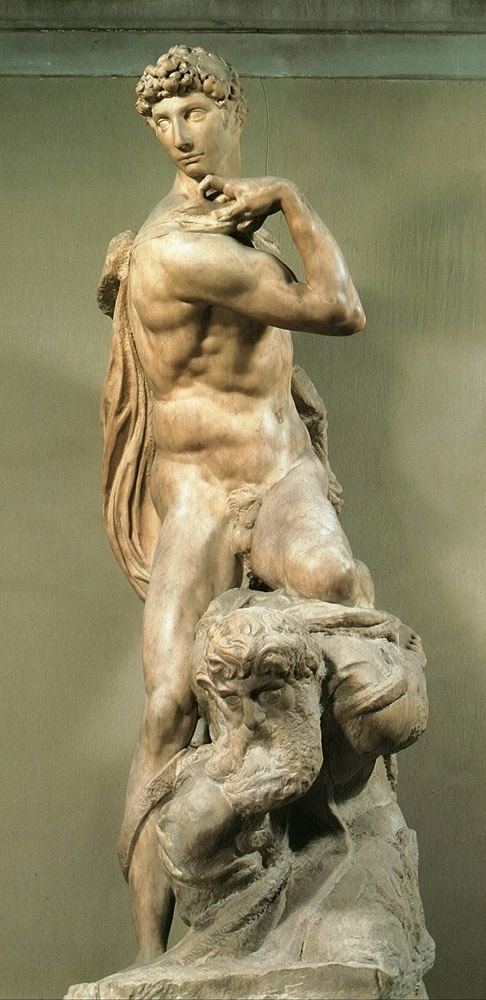
Michelangelo dedicated approximately 30 of his total 300 poems to Cavalieri, which made them the artist's largest sequence of poems. Most were sonnets, although there were also madrigals and quatrains. The central theme of all of them was the artist's love for the young nobleman. Some modern commentators assert that the relationship was merely a Platonic affection, even suggesting that Michelangelo was seeking a surrogate son. However, their homoerotic nature was recognized in his own time, so that a decorous veil was drawn across them by his grand nephew, Michelangelo the Younger, who published an edition of the poetry in 1623 with the gender of pronouns changed. John Addington Symonds, the early British homosexual activist, undid this change by translating the original sonnets into English and writing a two-volume biography, published in 1893.
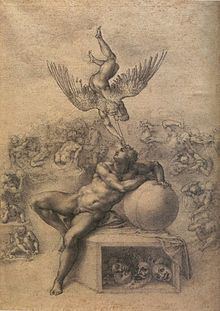
The sonnets are the first large sequence of poems in any modern tongue addressed by one man to another, predating Shakespeare's sonnets to his young friend by a good fifty years.
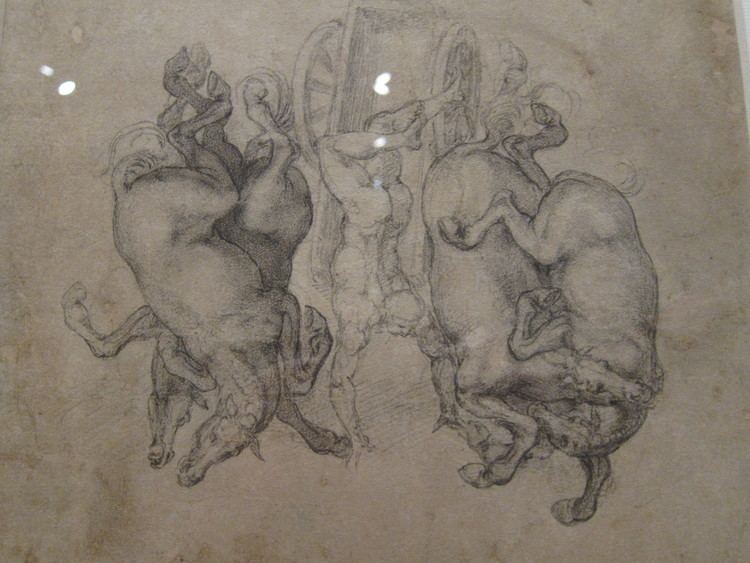
Examples include the sonnet G.260. Michelangelo re-iterates his neo-Platonic love for Cavalieri when in the first line of the sonnet he states "Love is not always a harsh and deadly sin."
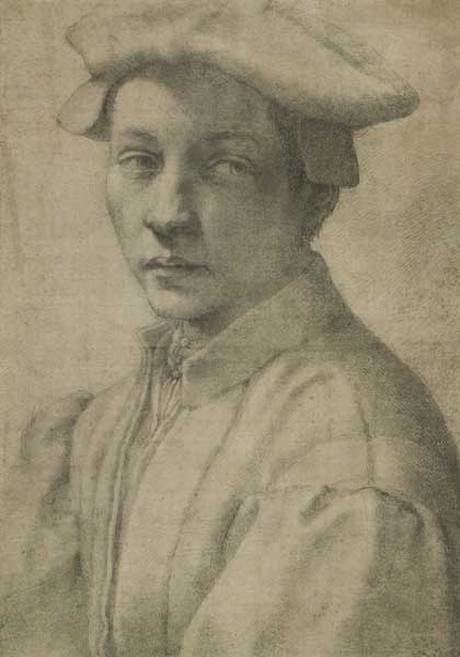
In the sonnet G.41 Michelangelo states that Tommaso is all that can be. He represents pity, love and piety. This is seen in the third stanza:
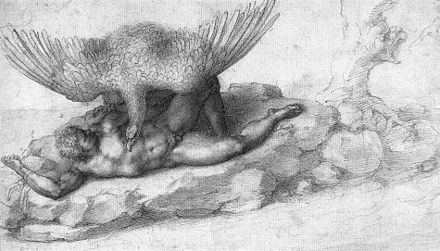
One of the most famous of Michelangelo's poems is G.94, which is also called the "Silkworm." In the sonnet he wants to be garments to clothe the body of Cavalieri.
Drawings
Michelangelo also sent Cavalieri four highly finished drawings, termed by Johannes Wilde presentation drawings. These were a new kind of drawing, completed works meant as presents, rather than sketches or studies. They, too, were greatly appreciated by Cavalieri, who was very sorry to lend some of them to members of the papal curia. Giorgio Vasari stood on their great originality. The meaning of the drawings is not fully understood, although it is common for scholars to relate them to moralizing themes or ideas about Neoplatonic love.
Punishment of Tityus 1532 and Rape of Ganymede 1532
These two drawings both represent a muscular male attacked by an eagle. Tityus was the son of a human princess and the god Zeus. He attempted to rape a goddess and was killed by two of the gods, but his punishment did not end with death; for eternity he was chained to a rock in Hades while two vultures ate his liver, which was considered the seat of the passions. Zeus lusted after Ganymede, the most beautiful of all humans, and turned himself into an eagle to abduct (or rape) him to serve the god at Mount Olympus. The original drawing is lost and is known today only from copies.
The Fall of Phaeton 1533
Phaeton was the son of Apollo and nagged his father into letting him drive the chariot of the sun. He lost control of the fiery horses and Zeus had to destroy the chariot (and kill Phaeton) with a thunderbolt to keep it from destroying the earth. In Michelangelo's drawing Zeus is riding an eagle as he casts the thunderbolt that overturns the chariot. The women below are Phaeton's grieving sisters. Three versions of this drawing by Michelangelo survive; this is perhaps the final version that was given to Cavalieri by September 6, 1533, the date of a letter to the artist telling him the drawing had been much admired by illustrious visitors (including the Pope and Cardinal Ippolito de' Medici). On another version of the composition, today in the British Museum, Michelangelo wrote a note to Cavalieri: "Master Tommaso, if this sketch does not please you, tell Urbino so that I have time to do another by tomorrow evening, as I promised you. And if you like it and want me to finish it, send it back to me."
Bacchanal of Children 1533
No written source for this drawing is known; presumably it was an allegory that would have been familiar to Cavalieri.
The Dream 1533
This drawing is not directly linked to Cavalieri, but its resemblance to those drawings has suggested to some scholars that it was related to them. Unlike some of the other drawings, the iconography does not derive from Greek mythology, and its uncertain subject is interpreted as linked with beauty.
